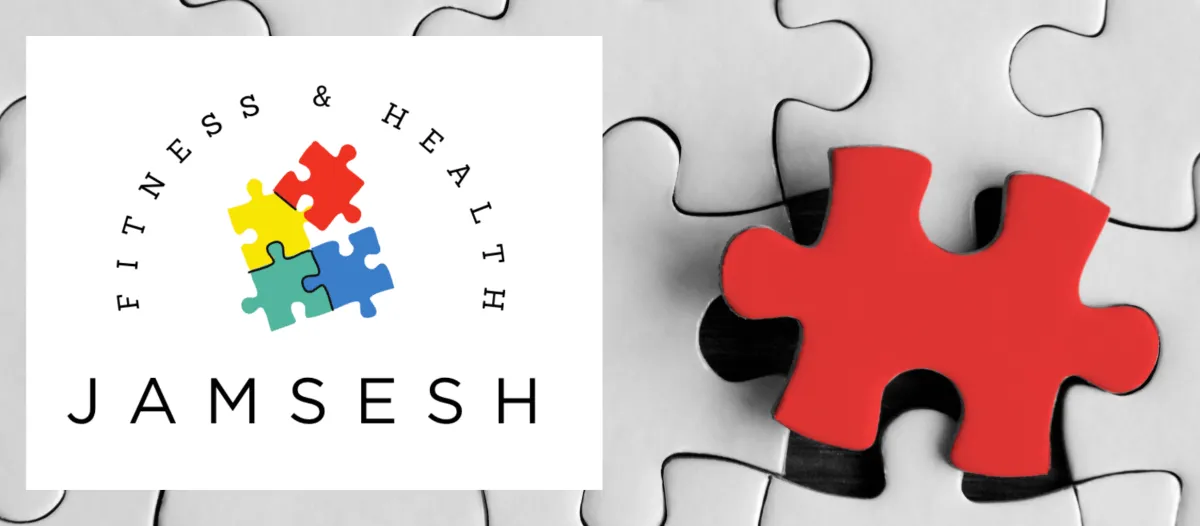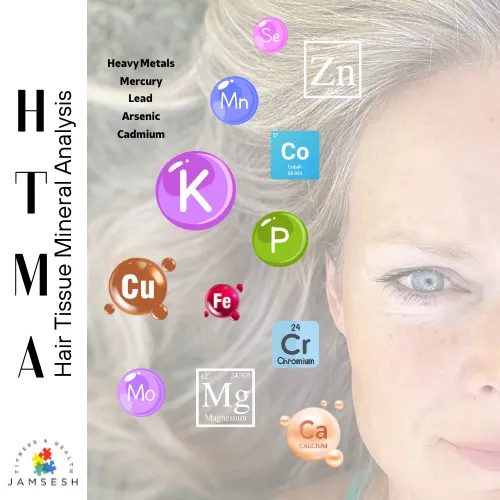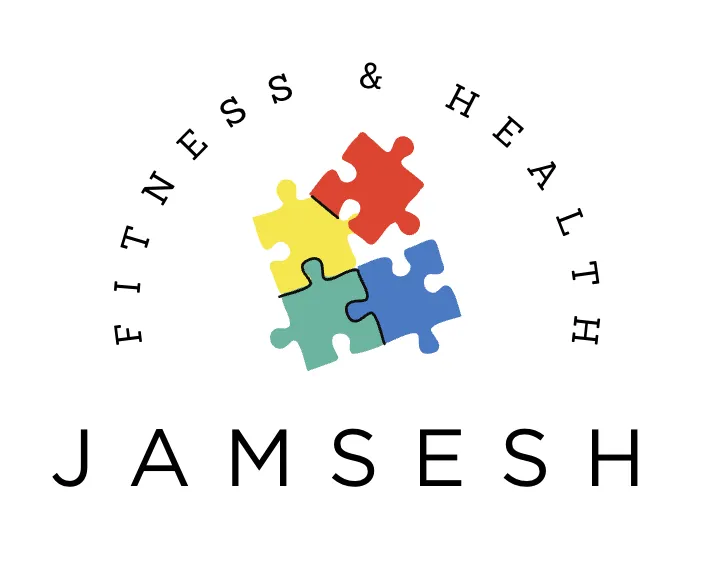J A M S E S H
Julie-Anne Minerals
Sleep Exercise Stress Hormones
Where We Put All The Pieces Of Your Puzzle Together

Knowledge is Your Super Power

The Role of Mineral Balancing in Weight Loss
"Unlocking the power of minerals is the key to unlocking your body's true potential for achieving sustainable weight loss success."” - Coach JA
I. Introduction
Achieving successful and sustainable weight loss often requires a multifaceted approach that goes beyond just counting calories or exercising regularly. One crucial aspect that is frequently overlooked is the role of minerals in supporting a healthy metabolism and optimizing the body's ability to shed excess fat. This vital connection between weight loss and minerals is often under appreciated, yet it holds the key to unlocking your body's full potential for reaching your desired weight goals.
II. Understanding HTMA (Hair Tissue Mineral Analysis)
Hair Tissue Mineral Analysis (HTMA) is a powerful diagnostic tool that provides valuable insights into the mineral status of your body. By analyzing a small sample of your hair, HTMA can detect mineral imbalances and deficiencies that may be hindering your weight loss efforts. This non-invasive test offers a comprehensive view of your body's mineral levels, enabling you to take targeted action to correct any imbalances.
III. The Role of Minerals in Weight Loss

Minerals play a vital role in numerous metabolic processes that directly impact your ability to lose weight effectively. For instance, magnesium is essential for insulin sensitivity, which regulates how your body utilizes glucose for energy. When insulin sensitivity is compromised, it can lead to increased fat storage and difficulty losing weight. Additionally, minerals like zinc are crucial for appetite regulation and proper digestion, ensuring that your body can efficiently break down and absorb nutrients from the food you consume.
IV. Common Mineral Deficiencies Among Dieters
Many individuals who embark on weight loss journeys may inadvertently create or exacerbate mineral deficiencies. Restrictive diets, excessive exercise, and stress can all contribute to depleting the body's mineral reserves. Common mineral deficiencies observed among dieters include magnesium, zinc, iron, and chromium, each of which can have a detrimental impact on weight loss efforts by affecting metabolism, energy levels, and appetite control.
V. How to Address Mineral Imbalances for Successful Weight Loss

To address mineral imbalances and pave the way for successful weight loss, a multifaceted approach is recommended.
First and foremost, it is essential to work with a qualified healthcare professional who can interpret your HTMA (ergo, me, your HTMA Practitioner, Coach JA) results and provide personalized recommendations.
Dietary adjustments, such as incorporating mineral-rich foods like leafy greens, nuts, seeds, and whole grains, can help replenish deficient minerals. In some cases, targeted supplementation may be necessary to correct severe imbalances or deficiencies quickly.
Additionally, lifestyle factors like stress management, adequate hydration, and quality sleep play a crucial role in supporting mineral balance and overall well-being during weight loss efforts.
VI. Conclusion
Achieving sustainable weight loss requires more than just calorie counting and exercise; it demands a holistic approach that addresses the underlying factors contributing to weight gain, including mineral imbalances.
By understanding the vital role minerals play in metabolism, digestion, and energy production, and by taking proactive steps to correct any deficiencies or imbalances through HTMA analysis and targeted interventions, you can unlock your body's full potential for successful weight loss.
Remember, incorporating proper nutrition and mineral balance into your daily routine is essential for reaching and maintaining your desired weight goals in a healthy and sustainable manner.
How Is An HTMA Test Conducted?
A sample of hair is taken from the back of the head (if no hair, pubic or facial hair could be used - but scalp is the preferred test site). The sample is then dispatched to a specialized laboratory, where it is scrutinized for its mineral content and the presence of heavy metals.
Through this process, a test result report is formulated and sent to your HTMA Practitioner, who are knowledgeable professionals, for interpretation.
If you set up an HTMA Test and Consultation with me at JAMSesh Fitness and Health, after I interpret your results, I will put together a 15 page minimum Report for you along with a, face to face Zoom or in person if you are local, consultation to go over your results and recommendations and any further questions or concerns you may have.
Click Here to Book Your HTMA Test and Consultation - Use Coupon Code ENJOY20

© Copyright JAMSesh Fitness and Health 2025
